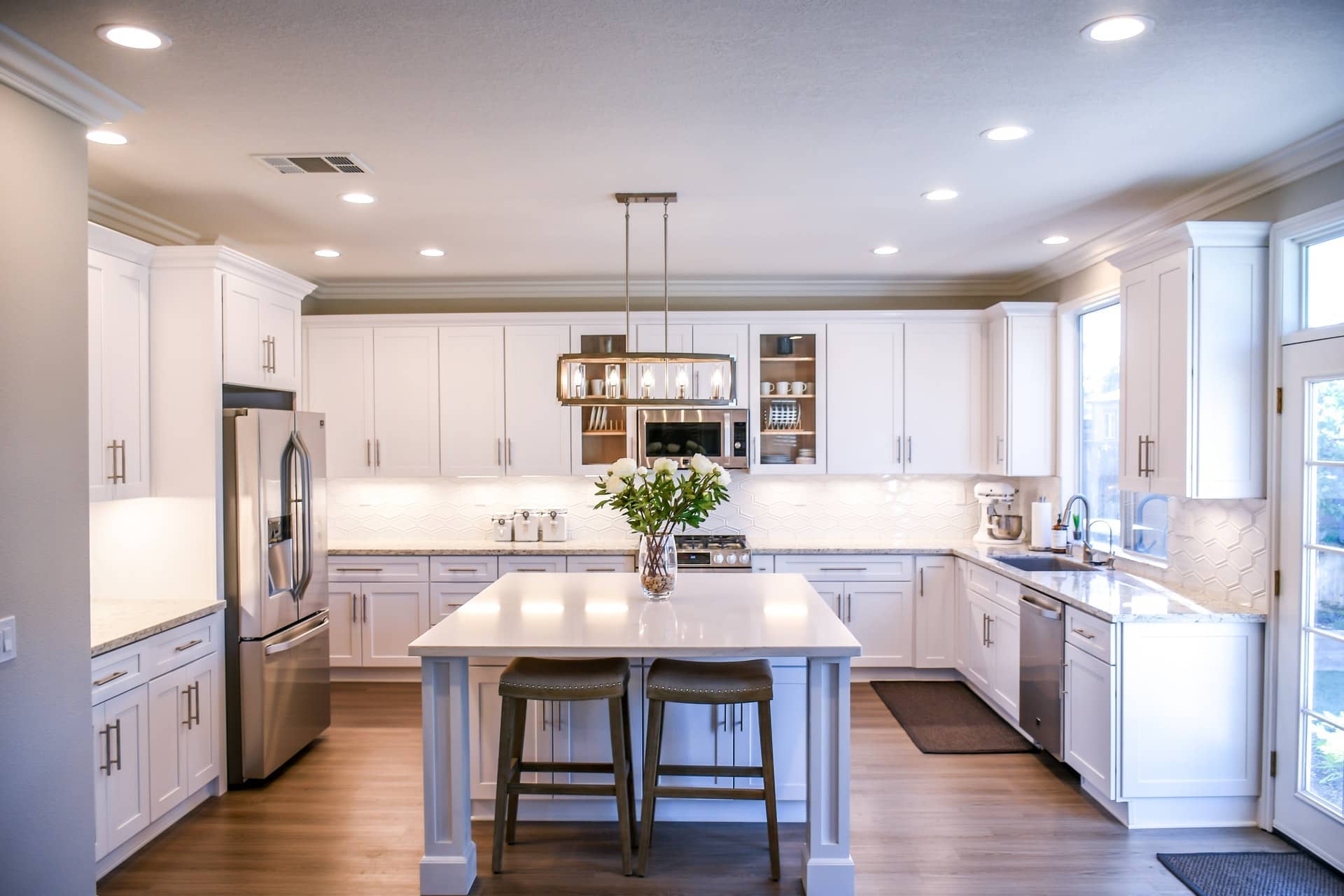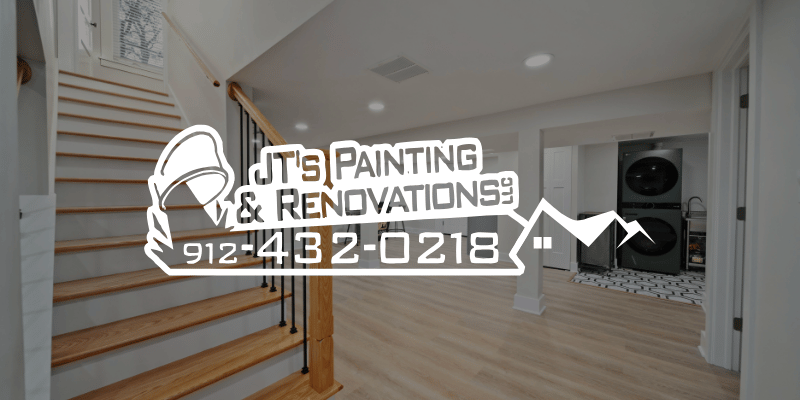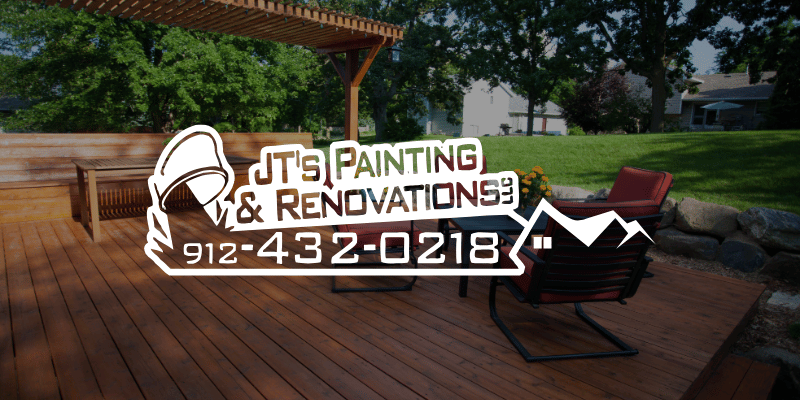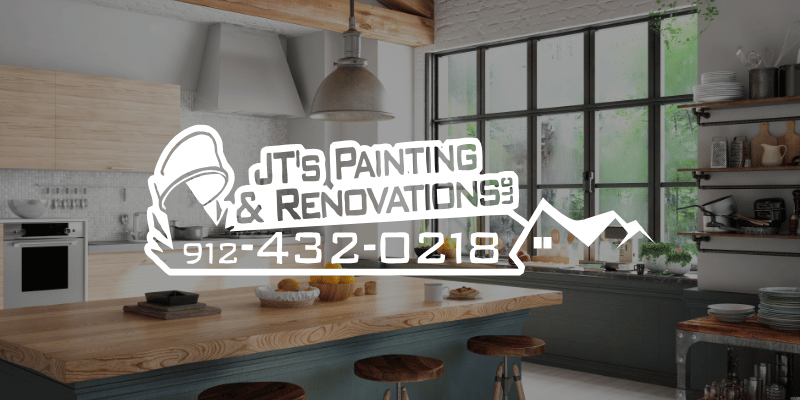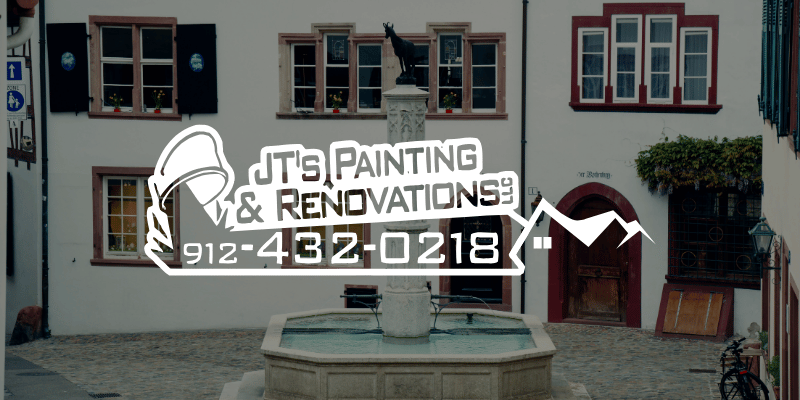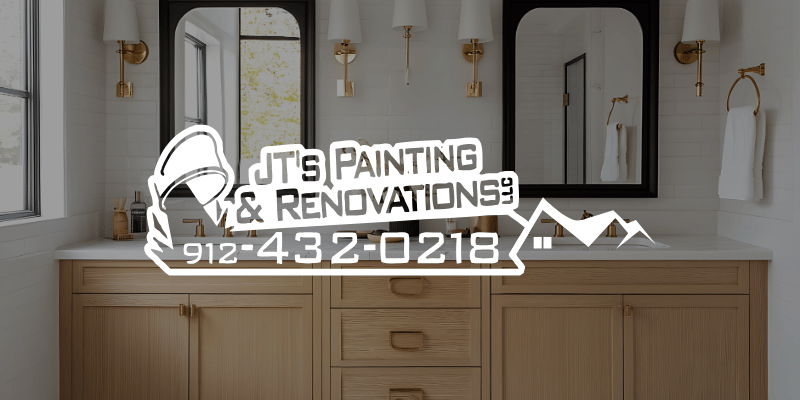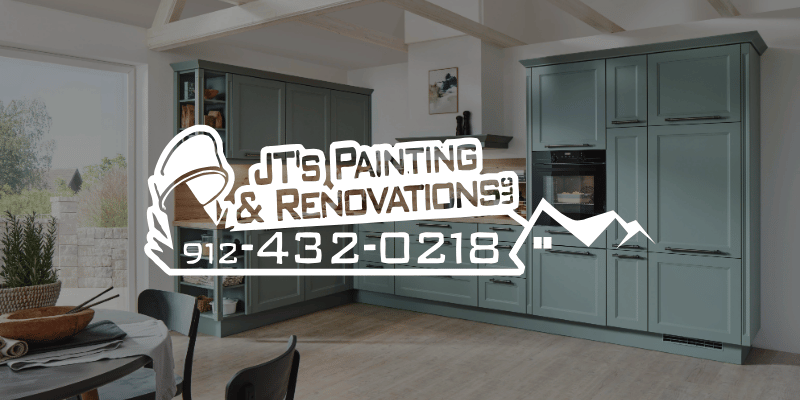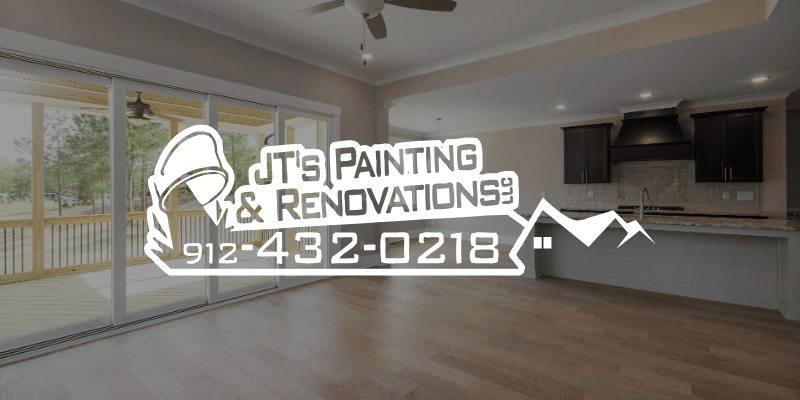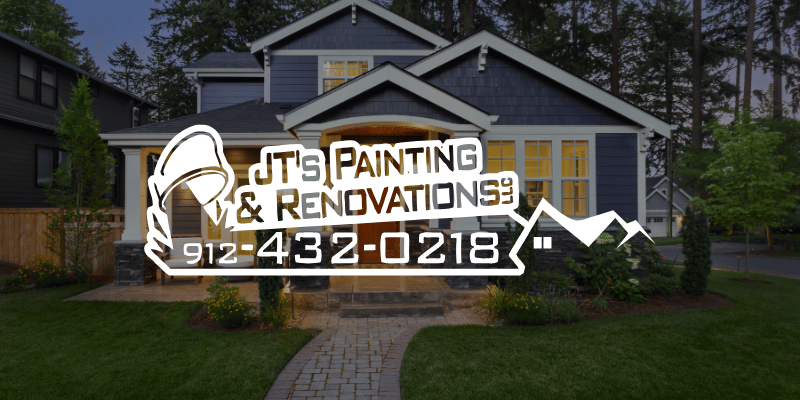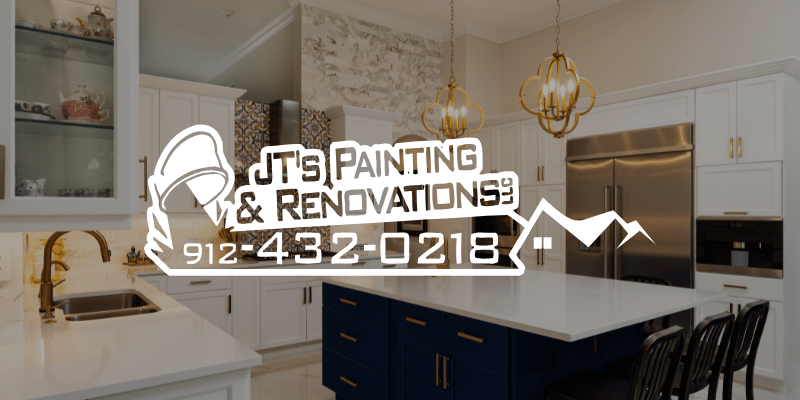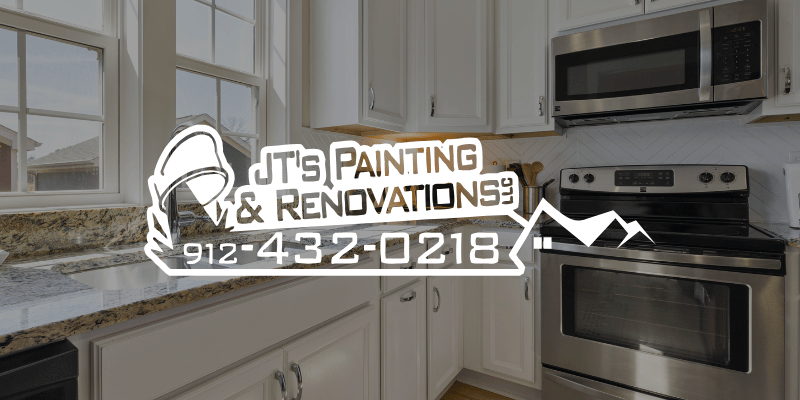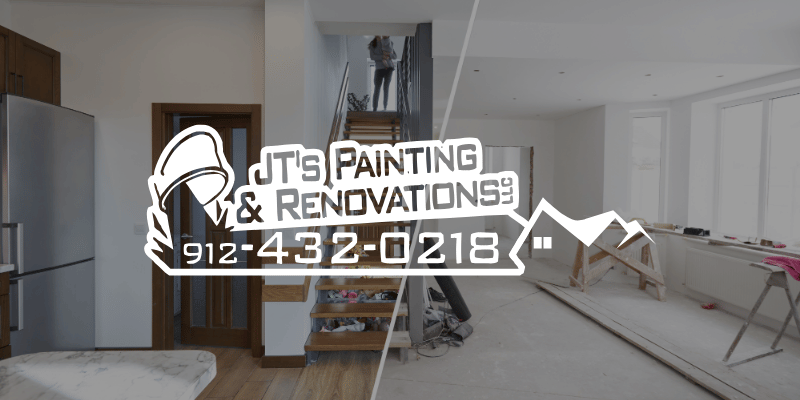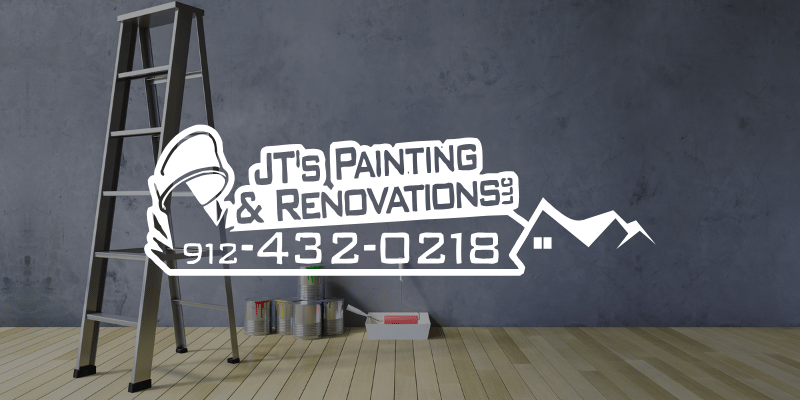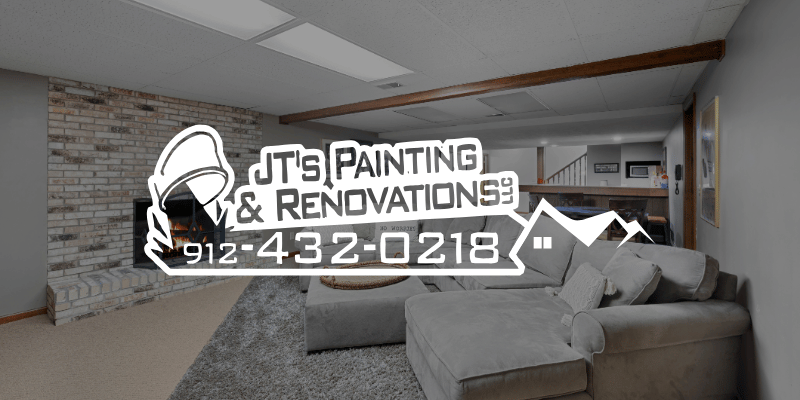
Maryland Heights Basement Makeovers: Moisture-Resistant Paints That Prevent Mold
Basements in Maryland Heights are notorious for damp walls, musty odors, and surprise water stains. Blame the clay-rich Missouri soil that traps ground water against concrete foundations, plus the region’s humid summers and freeze-thaw winters. Painting over those clammy walls with ordinary latex only masks the problem—until mold spots reappear. The right combination of waterproofing systems, mold-inhibiting primers, and durable topcoats can turn a damp storage cave into a fresh family room, gym, or home office.
This guide explains how moisture enters basements, compares the top moisture-resistant paint technologies available in 2025, and outlines a step-by-step makeover plan tailored to the temperature swings and humidity spikes common in Maryland Heights.
How Moisture Sneaks Into Maryland Heights Basements
Hydrostatic Pressure
Heavy spring rains raise the water table. Hydrostatic pressure pushes moisture vapor through tiny pores in concrete walls and floors, creating efflorescence—the white powder you see on unpainted block.
Capillary Action
Even without standing water, soil moisture wicks upward through foundation footers, keeping lower wall courses cool and damp. Paint films that lack vapor permeability can blister or peel when trapped vapor condenses.
Interior Humidity
Running a clothes dryer without proper venting or turning off the dehumidifier in July pumps warm, moist air into a cool basement. The water vapor condenses on wall surfaces that are colder than the room air, feeding mold.
Essential Prep Work Before Painting
- Test for active leaks by taping a one-foot square of clear plastic to the wall for 24 hours. Condensation on the room side signals high indoor humidity, while droplets behind the plastic mean water is seeping through the concrete.
- Identify mold: Black or gray spotting that wipes off with bleach solution indicates surface mold. Green algae often grows near daylight wells.
- Kill biological growth using a solution of one cup bleach to one gallon water or a commercial antimicrobial cleaner. Scrub and rinse thoroughly.
- Neutralize efflorescence with masonry etcher or white vinegar solution so new coatings bond fully.
- Patch cracks and voids wider than one-sixteenth inch with hydraulic cement or epoxy crack filler.
- Ensure adequate drying time. Dehumidify to 50–55 % relative humidity and allow at least 48 hours of dry weather before coating.
Skipping prep undermines even the best waterproof paint, so budget two days for cleaning, etching, and patching.
Moisture-Resistant Paint Systems Ranked
Cementitious Waterproof Coatings
Composition: Portland cement and acrylic binders.
Performance: Penetrates and chemically bonds to masonry, blocking up to ten pounds of water pressure per square inch.
Ideal for: Bare block or poured concrete with minimal movement.
Drawbacks: Slightly rough texture; can crack on walls that shift seasonally.
Elastomeric Masonry Paint
Composition: Flexible acrylic polymers that stretch up to 300 %.
Performance: Bridges hairline cracks and resists wind-driven rain. Allows water vapor to escape while keeping liquid water out.
Ideal for: Exterior foundation walls or interior walls with minor movement.
Drawbacks: Requires two heavy coats and careful back-rolling to reach rated thickness.
Two-Part Epoxy Sealers
Composition: Resin and hardener mixed on site.
Performance: Creates an impermeable surface film and withstands hydrostatic pressure. Hard, glossy finish resists abrasion—great for future decorating.
Ideal for: Floors and lower portions of walls where kids’ play toys or gym equipment may scrape.
Drawbacks: Limited vapor permeability; not suitable if moisture still seeps behind walls.
Mold-Inhibiting Acrylic Primer
Composition: Waterborne acrylic with EPA-registered mildewcide.
Performance: Blocks minor stains, kills residual spores, and grips to smooth concrete. Serves as a tie-coat under decorative latex topcoats.
Ideal for: Use after cementitious or elastomeric base coats to ensure uniform color.
Drawbacks: Must go on clean, residue-free surfaces; will not stop active leaks.
Moisture-Blocking Topcoat (Polyurethane-Fortified)
Composition: Acrylic base fortified with polyurethane resin.
Performance: Adds scrubbable, stain-resistant layer that resists moisture cycling. Satin sheen brightens low-light basements without glare.
Ideal for: Final color layer in finished family rooms or offices.
Drawbacks: Higher cost per gallon than builder-grade latex; requires proper ventilation during application.
Choosing the Right System for Your Basement
| Basement Condition | Best Paint Strategy |
|---|---|
| Minor efflorescence, no active leaks | Cementitious coating + mold-inhibiting acrylic primer + polyurethane-fortified topcoat |
| Hairline wall cracks, seasonal seepage | Elastomeric masonry paint (two coats) + satin acrylic topcoat |
| Frequent surface dampness, plan to finish walls with drywall later | Two-part epoxy sealer on lower four feet, breathable primer above grade line |
| Occasional puddling during storms | Fix drainage first—install gutters, extend downspouts, and grade soil—then apply elastomeric paint |
If hydrostatic pressure exceeds product ratings, professional French drains or interior weeping tile may be required before painting.
Recommended Paint Products Available in St. Louis County
- Drylok Extreme – cementitious coat rated up to 15 psi hydrostatic pressure.
- Sherwin-Williams Loxon XP – elastomeric that allows vapor escape while sealing liquid water.
- Benjamin Moore Aura Bath & Spa – mold-resistant acrylic topcoat with color-lock technology.
- Rust-Oleum Basement Floor Epoxy Shield – user-friendly two-part kit for floors and lower wall sections.
JT’s Painting & Renovations sources fresh inventory from authorized suppliers in Bridgeton and Creve Coeur to guarantee shelf life and proper storage.
Step-By-Step Basement Makeover Plan
- Moisture test and surface prep (bleach wash, etch, patch) – Day 1.
- Cementitious or elastomeric waterproof base coat – Day 2 morning.
- Second waterproof coat (if required) – Day 2 afternoon.
- Light sanding of high spots and vacuum – Day 3 morning.
- Mold-inhibiting primer – Day 3 afternoon.
- Color topcoat (one or two coats) – Day 4.
- Full cure – maintain 60–70 °F and 50 % RH for 72 hours before moving furniture or installing flooring.
Most Maryland Heights basements reach usable dryness within 24 hours when dehumidifiers run continuously; heavy furniture should wait until day five to avoid finish dents.
Beyond Paint: Controlling Basement Humidity
- Install a 70-pint dehumidifier with automatic pump-out to the sump.
- Seal rim joist gaps with closed-cell foam to reduce exterior air infiltration.
- Add a continuous-flow exhaust fan in laundry corners where dryers raise humidity.
- Maintain gutters and downspouts to divert roof runoff at least six feet from the foundation.
- Consider an interior drainage channel tied to your sump if walls weep during prolonged rains.
Paint thrives only when moisture is managed holistically.
Frequently Asked Questions
Do I need to remove old paint first?
Old flaking paint must be scraped and sanded smooth. Sound latex can stay if you prime with a bonding acrylic designed for masonry.
Will waterproof paint alone stop mold forever?
Paint slows moisture migration and contains mildewcide, but mold spores return if humidity stays above 60 %. Combine coatings with proper ventilation and dehumidification.
Can I color-match waterproof bases?
Yes. Cementitious and elastomeric products now accept universal tints, but lighter shades hide efflorescence best and reflect light into dark corners.
How soon can I frame new walls after painting?
Wait at least three days for full cure, then maintain humidity below 55 % during insulation and drywall installation.
Transform Your Maryland Heights Basement Into Livable Space
Moisture-resistant paints backed by diligent prep and humidity control protect your investment and turn a damp storage zone into a healthy extension of your living area. JT’s Painting & Renovations specializes in basement makeovers that withstand Missouri’s toughest storms. From waterproof coatings and mold-inhibiting primers to flawless color execution, our crews deliver results you can breathe easy around.
